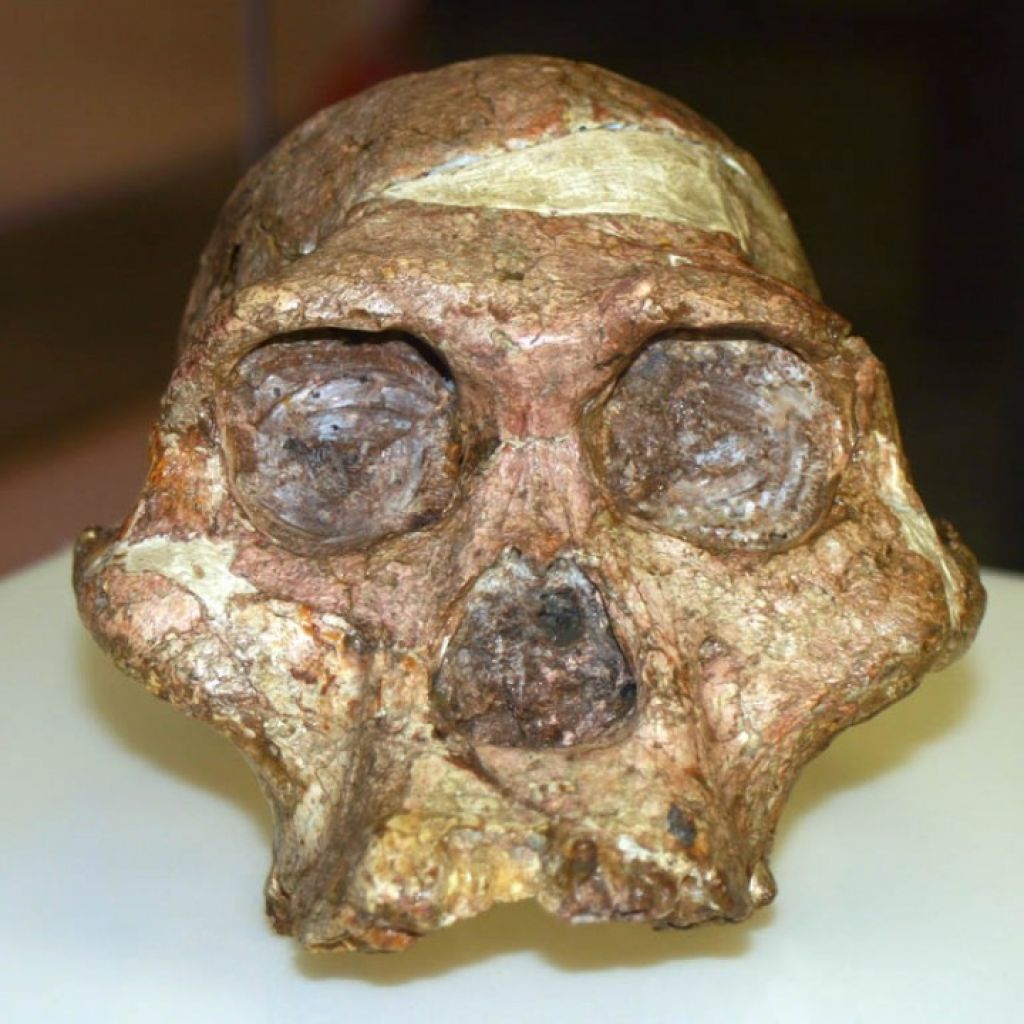Fossil finds in the Cradle of Humankind
The Cradle of Humankind region comprises 15 major fossil sites, some of which date back 5-million years. Collectively, they have produced a range of fossils of sabre-toothed cats, frogs, pigs, monkeys, birds, plants, bone tools and ancestors of modern humans.
Bolt’s Farm is a complex of 20 caves containing fossils of antelope, baboon, sabre-toothed cats and rodents dating back 5-million years.
Swartkrans provides evidence of the earliest controlled use of fire and Paranthropus robustus fossils.

Sterkfontein is the location at which Australopithecus africanus fossils were unearthed.
Cooper’s Cave is home to Paranthropus robustus and numerous animal fossils such as pigs, carnivores and antelope.
Kromdraai is famous for being the first site in which Paranthropus robustus was discovered, in 1938. An associated site has produced sabre-toothed cat fossils.
Plover’s Lake has an abundance of animal fossils, including those of an extinct zebra. Middle Stone Age artefacts were excavated here more recently.
Wonder Cave, as its name indicates, is a series of spectacular cave formations where small fossils of rodents, frogs, lizards and birds have been found.
The Taung Skull Fossil Site is where the type-specimen of Australopithecus africanus, known as the Taung Child, was found in 1924. Australopithecus africanus lived between 3-million and 2-million years ago. The first adult fossil of this hominid was found at Sterkfontein by Dr Robert Broom in 1936. A well-known example is “Mrs Ples”, discovered by Broom and John Robinson in 1947.

The most exciting find to date has been the discovery of the 2-million-year-old remains of Australopithecus sediba by Wits Professor Lee Berger, at Malapa in August 2008. Berger says his find provides modern humans with “the most comprehensive examination of the anatomy of a definitive single species of early hominin”.
Approximately 40% of the world’s known human ancestor remains have been unearthed in the Cradle’s caves. They represent our most valuable record of hominid evolution, earning the Cradle World Heritage Site status in 1999.